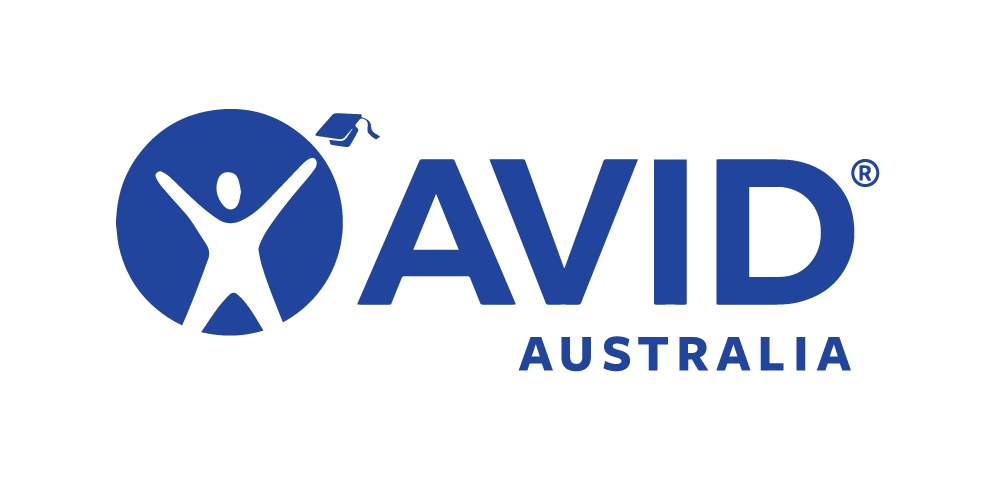Chemistry is the study of materials and substances and the transformations they undergo through interactions and the transfer of energy. Chemists can use an understanding of chemical structures and processes to adapt, control and manipulate systems to meet particular economic, environmental and social needs. Students explore key concepts and models through active inquiry into phenomena and through contexts that exemplify the role of chemistry and chemists in society.
Studying Chemistry provides students with a suite of skills and understandings that are valuable to a wide range of further study pathways and careers. An understanding of chemistry is relevant to a range of careers, including those in forensic science, environmental science, engineering, medicine, dentistry, pharmacy and sports science. Additionally, chemistry knowledge is valuable in occupations that rely on an understanding of materials and their interactions, such as art, winemaking, agriculture and food technology.
Prerequisites:
Minimum B grade in Pathway 1 or Pathway 2 Science courses in Year 10.
Syllabus:
The Year 11 syllabus is divided into two units, each of one semester duration, which are typically delivered as a pair. The notional time for each unit is 55 class contact hours.
Unit 1 – Chemical Fundamentals: Structure, Properties and Reactions
Students use models of atomic structure and bonding to explain the macroscopic properties of materials. Students develop their understanding of the energy changes associated with chemical reactions and the use of chemical equations to calculate the masses of substances involved in chemical reactions.
Unit 2 – Molecular Interactions and Reactions
Students continue to develop their understanding of bonding models and the relationship between structure, properties and reactions, including consideration of the factors that affect the rate of chemical reactions. Students investigate the unique properties of water and the properties of acids and bases, and use chemical equations to calculate the concentrations and volumes of solutions involved in chemical reactions.
More Information:
For further information regarding this course click here.
Career Pathways:
Click here to view a chart which shows a selection of jobs that have some relation to the subject of Chemistry!












